Full moon. Unfortunately, the lunar eclipse was not visible from North America.
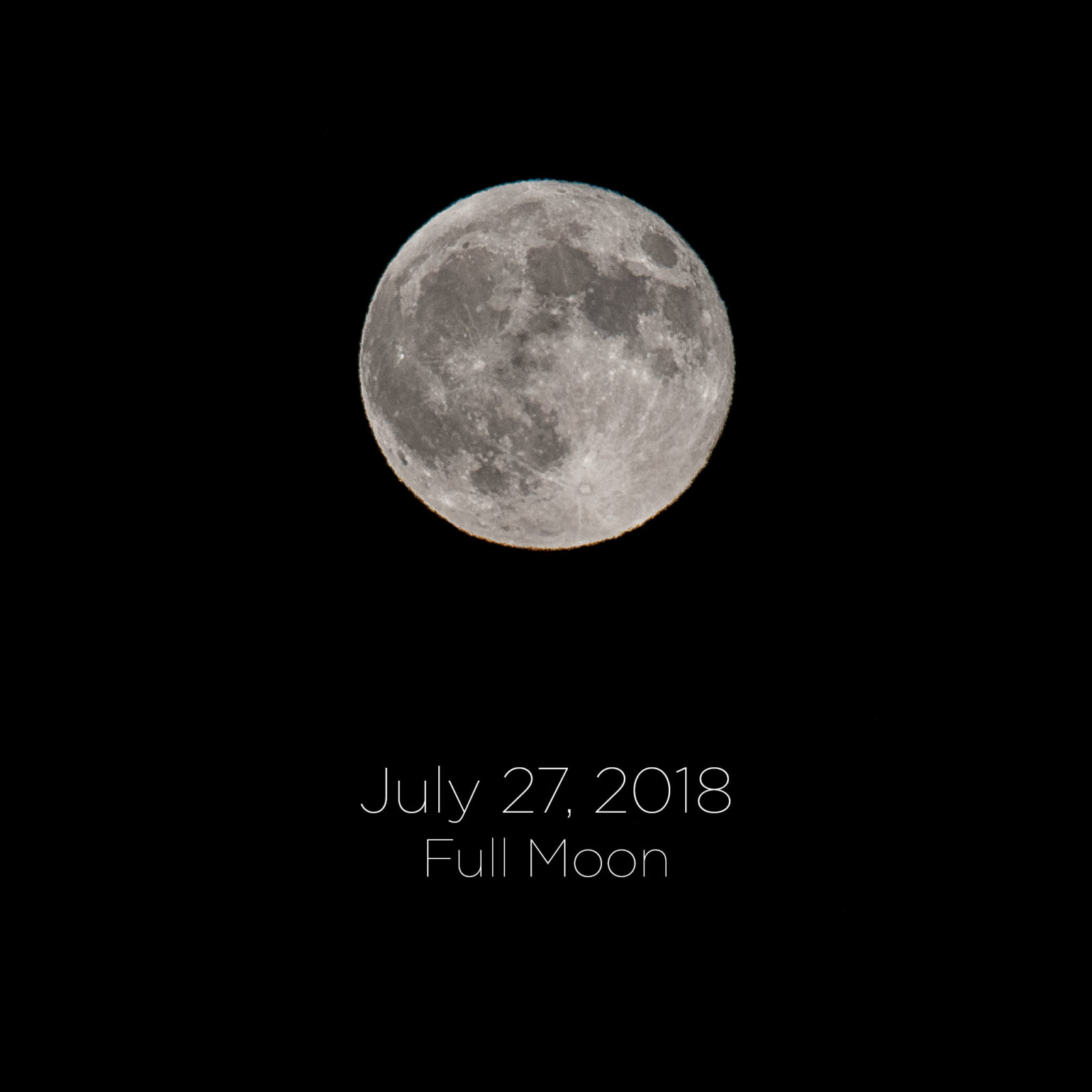
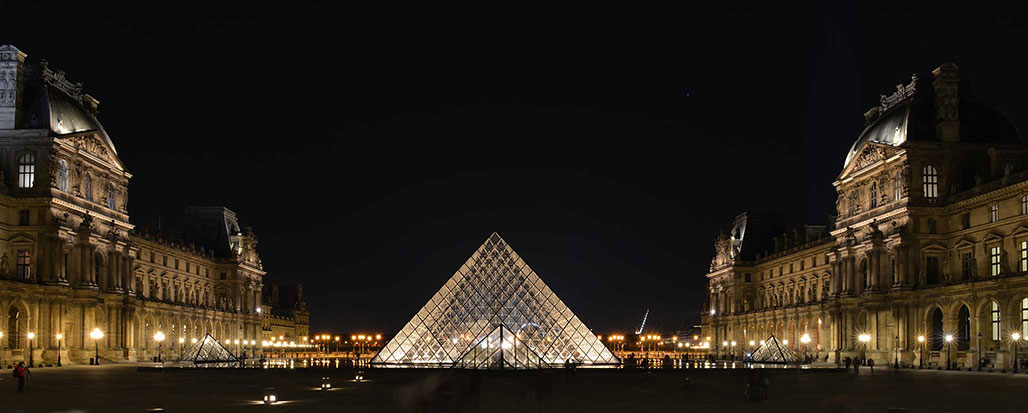
Full moon. Unfortunately, the lunar eclipse was not visible from North America.

Today was a blazingly hot day. I spotted a pair of red-tailed hawks flying above. Unfortunately, they were not interested in flying close together for a photo. So this solo shot would have to do.
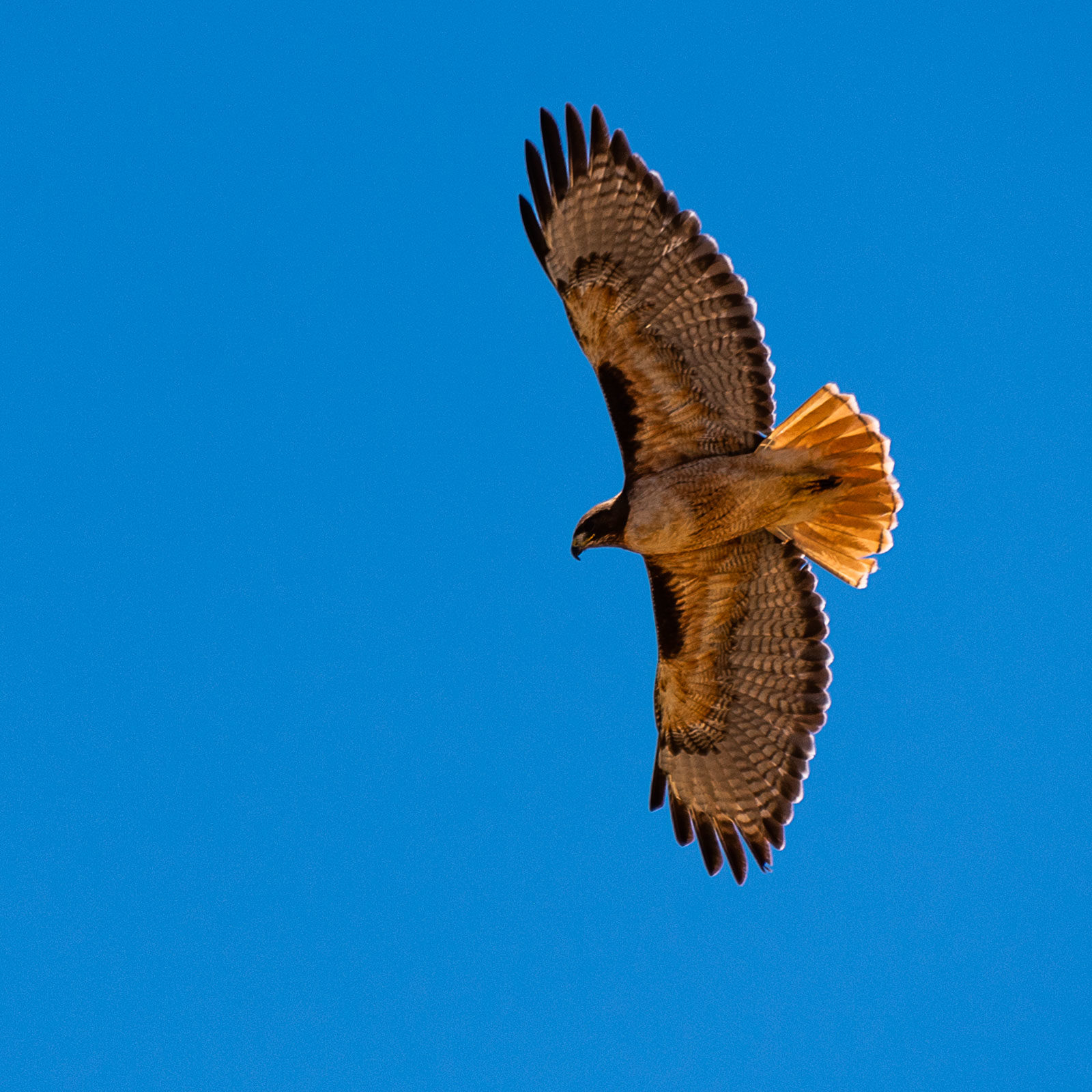
I have seen a few Great Egrets before, but never one with a green mask. A few cursory online searches revealed that the Great Egret shows this green mask during breeding season.

When I travel, I usually hit the ground running. However, the altitude of Tibet really tested me. The highlight of Tibet was the Potala Palace, which dominates the Lhasa skyline. It felt so close yet distant at the same time. Although the Potala Palace was just a few blocks away from the hotel, I didn’t venture there on my own until I was more acclimated. I didn’t want to head there for the morning sunrise only to realize I couldn’t make it back to the hotel on my own in time for the tour.
The road there was relatively level, and I didn’t have any issues getting to the palace. There were a few elevated crosswalks for reaching the other side of the street, and those were the most challenging. Actually, climbing any stairs, even a single flight, proved an exhausting experience. This view of the Potala Palace was taken from the park across the street.
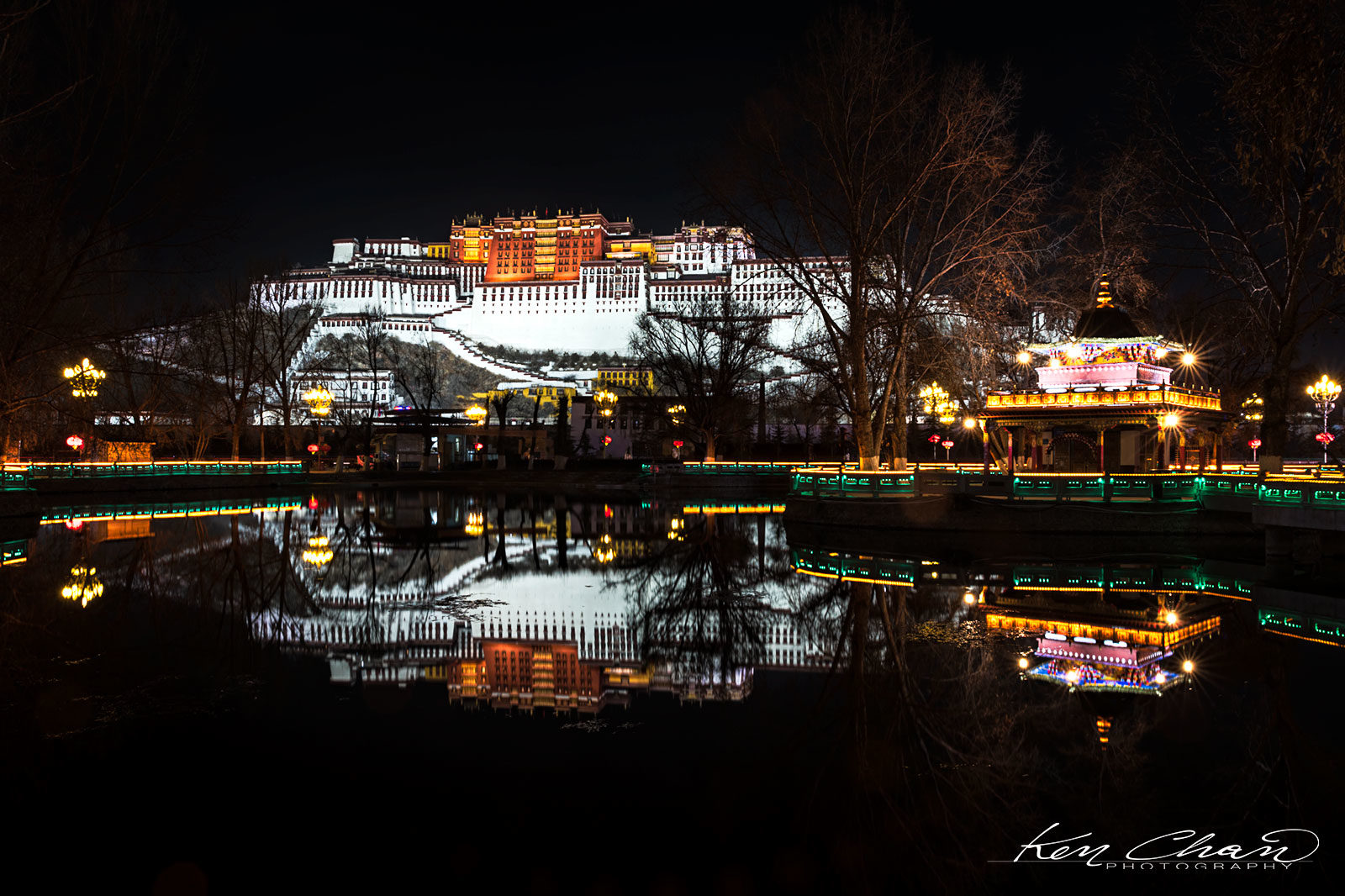
I was very comfortable with my Lightroom, Photoshop, and Nik Collection workflow until High Sierra disrupted matters. I know the workaround, but I’m experimenting with Luminar just in case.
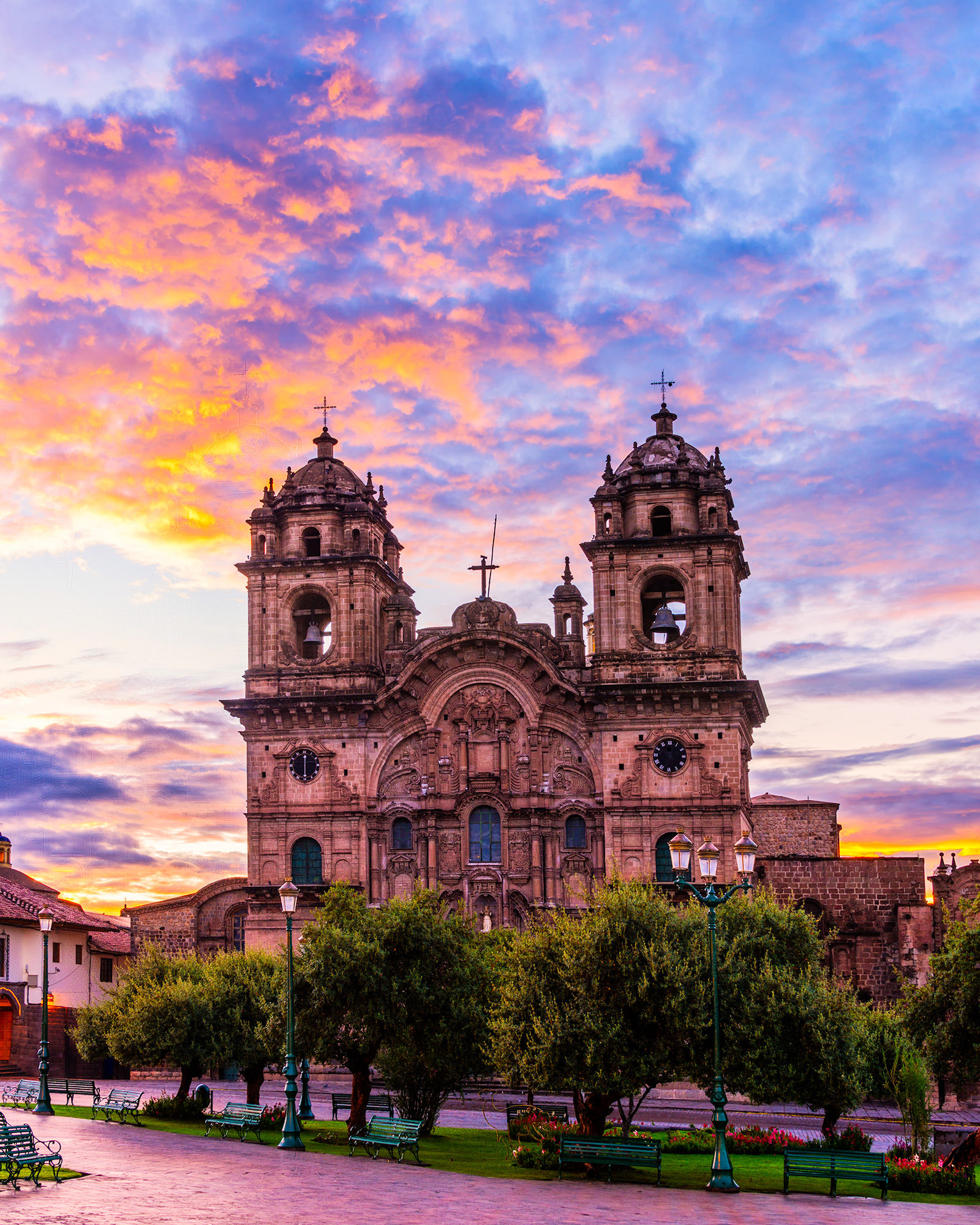
I was browsing through my photo collection when I found two from Paris. In one, a 0.6 second exposure captured the beam from the illuminated Eiffel Tower. The second was a 25 second exposure for the light trails from the nearby cars.
Fortunately, both were taken on a tripod from the same location. It was only in later in reflection that I realized that I could blend the best of both into one photo.
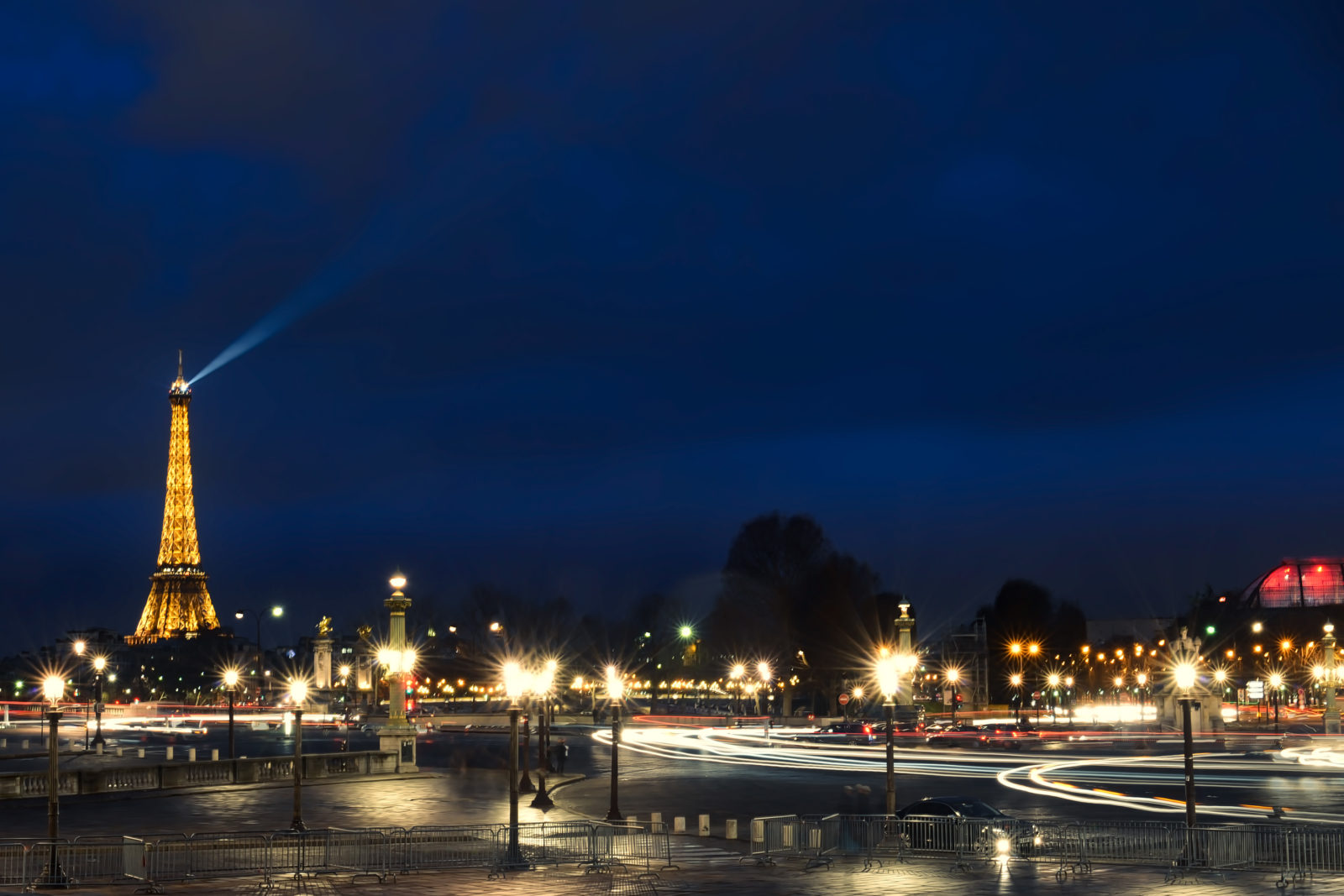
Paris at sunset from Sacre Coeur. Too many people to set-up a tripod, but a better shot would have been to wait an hour for the city lights to come on and blend those into this frame. Maybe next time.
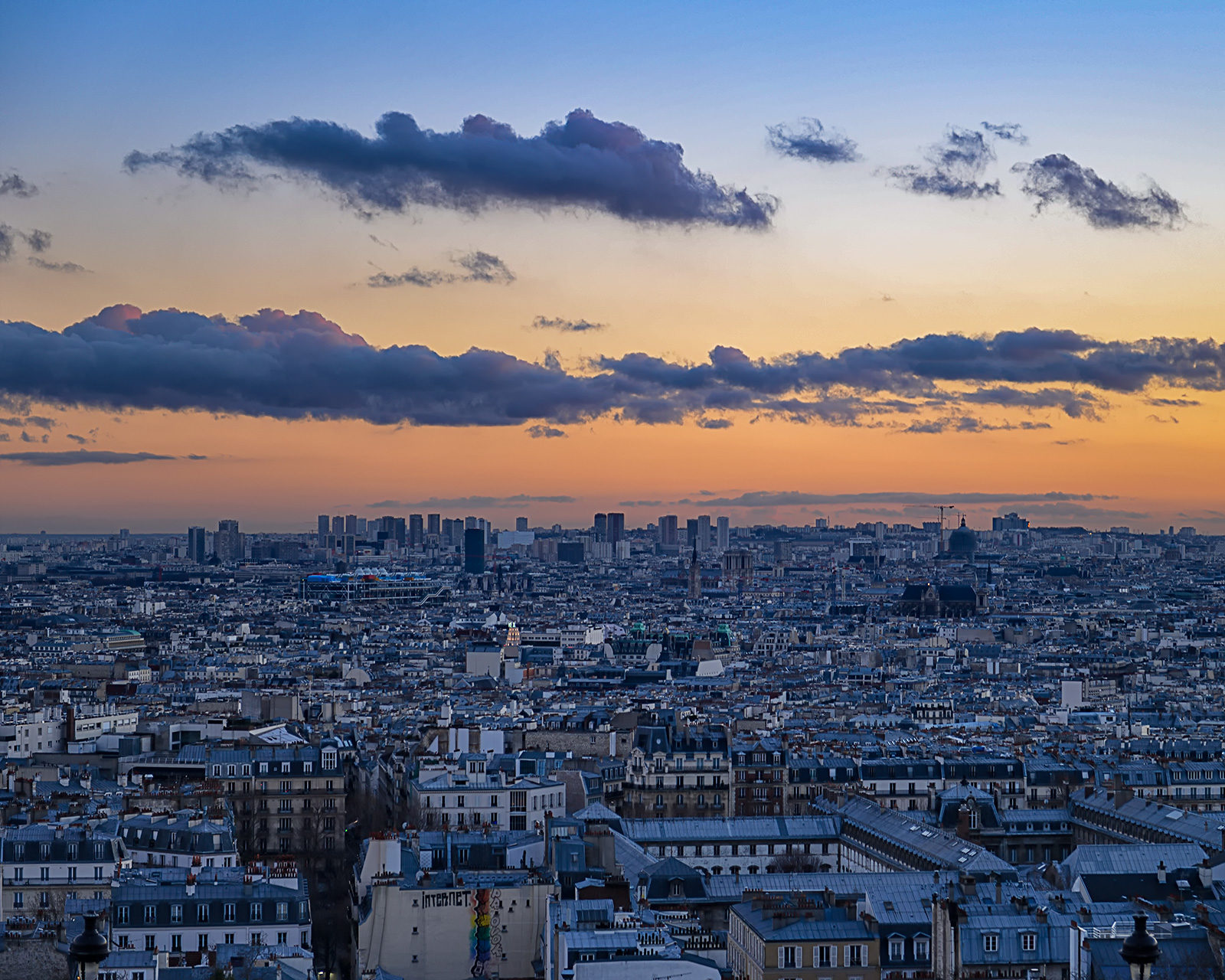
Camera: Nikon D800
Lens: Nikkor AF-S 24-70mm f/2.8G ED
Tonight was the Mid-Autumn Festival. I grabbed the older, but higher resolution D800, but regretted it immediately. When mounting a DSLR to a telescope, having a tilting screen makes all the difference in terms of comfort. Crouching down to view the screen is no fun.
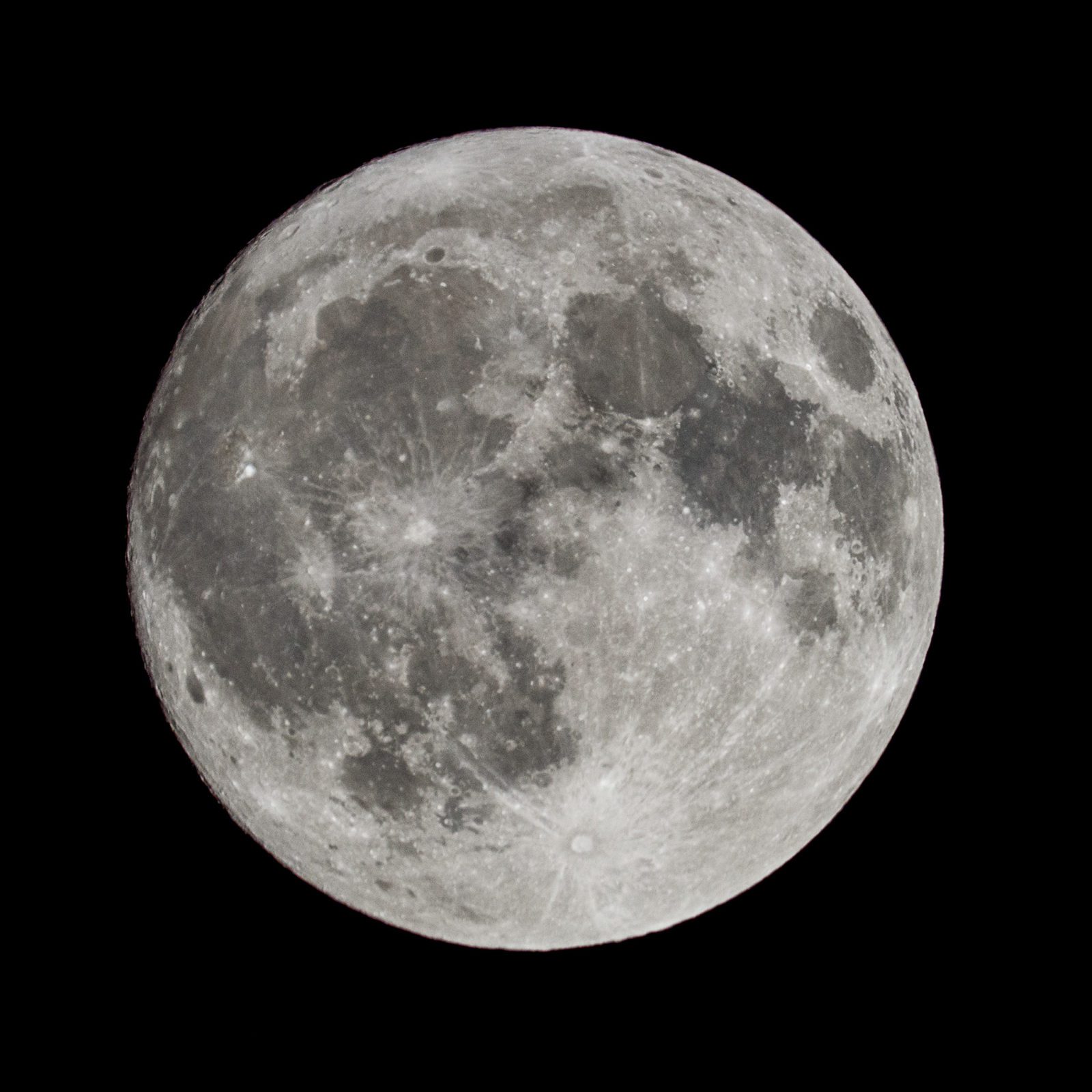
The other hiccup of the night was discovering that once again, Nik Collection no longer works in Photoshop. This time, it was the High Sierra MacOS 10.13 upgrade that killed it. I’m testing out Luminar right now.
In the weeks before the solar eclipse, I practiced taking photos of the sun. The first question was whether to use a telescope or a camera lens. While the telescope provided greater magnification, it was incredibly difficult to target the sun for two reasons. First, the solar filter rendered everything except the sun as pitch black. Without any contextual background, I had no idea whether the telescope was pointed too far left, right, up or down. The second issue was that the finder could not be used. Obviously, I could not look directly at the sun through the finder. Additionally, if I wore solar glasses, I couldn’t even see the telescope. Eventually, I was able to target the sun by looking at the direction of the shadows cast on the telescope.

However, this approach was too unreliable so I resorted to using a wider camera lens for the big day.
I was a bit late in preparing for the 2017 solar eclipse. I didn’t start shopping until a few weeks before the event, and at that point many retailers were already out of stock on solar filters and glasses. Fortunately, I was able to purchase a BAADER solar filter and solar glasses in time.

Since Northern California was outside the path of totality, some of the more exciting photographic opportunities were not available. The more pressing issue was the persistent morning cloud cover. I started noticing this about two weeks before the eclipse, and really got worried as the pattern repeated each passing morning.
The night before, I was looking at weather reports on ClearDarkSky. I was also scouting locations on the PhotoPills, which showed the direction of the sun during the critical morning hours. I had a couple locations in mind, but headed south to Shoreline Lake in Mountain View after some morning recon. The sky looked the clearest and brightest in that direction.
While a telescope would provide the greatest degree of magnification, I opted for a long camera lens and a 2x teleconverter. During the week before the eclipse, I practiced photographing the sun with a solar filter. Trying to find the sun with the telescope was exceedingly difficult because only the sun was visible through the solar filter. Everything else was black. With the wider camera lens, the process was much more forgiving.
So, on the morning of the eclipse, the sky was severely overcast. As I recall, Mountain View was supposed to have 60% cloud cover at 9 a.m when the eclipse started. I could see the sun for a few seconds as the clouds traveled through. The clouds did eventually clear as predicted, and I was able to see the entire second half of the eclipse.